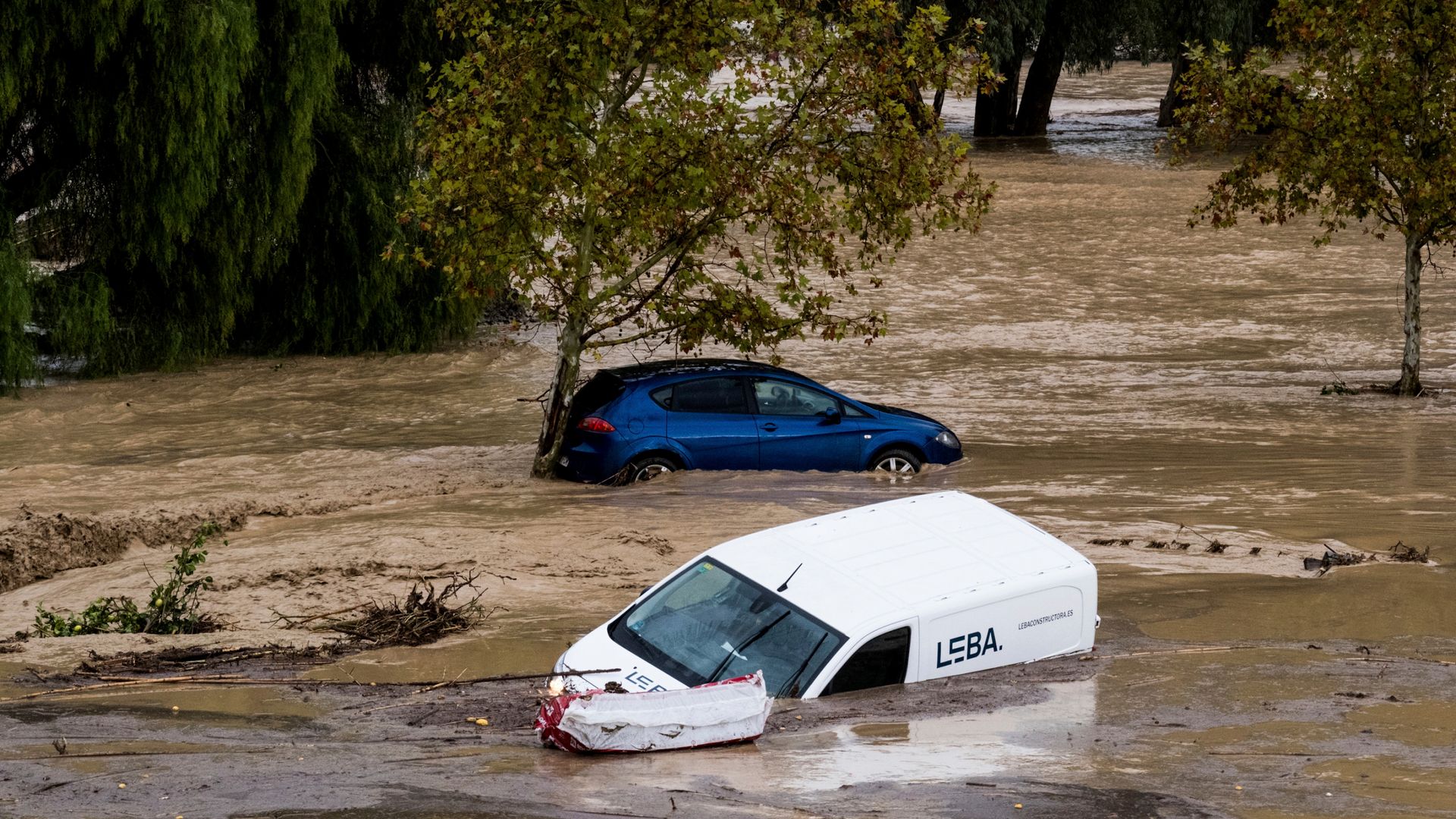
The BDN Editorial Board operates independently from the newsroom, and does not set policies or contribute to reporting or editing articles elsewhere in the newspaper or on bangordailynews.com.
Bangor Daily News reporter Kathleen O’Brien put it so well in a recent story about the lack of public bathrooms in Bangor, that we’ll repeat it here:
“While being able to access a bathroom easily is important for those without stable housing, plenty of clearly marked and accessible restrooms are vital for anyone,” she wrote in a Sept. 5 article. “Without them — and especially without facilities that are available after regular business hours — people are being forced to ask local businesses for help or relieve themselves in public spaces.”
This situation — a lack of publicly available bathrooms that are open around the clock — should be untenable to everyone. Yet, more than a year after city officials restarted a discussion about how to provide better restroom facilities in Bangor, this remains an issue.
In fact, some councilors still doubt that the city has a role to play here.
It does. Public restrooms are a basic service, like parking and trash collection, that make cities livable and attractive to visitors. Simply put, whether you’re a local or visitor, you never know when you may need a bathroom. Clean, safe bathrooms shouldn’t be a luxury.
Cities across the country are clamoring for public bathrooms, Steven Soifer, the president of the American Restroom Association, told the Bangor Daily News editorial board last year. Few have found sustainable solutions, he said, with costs and maintenance a common reason that public restrooms are shuttered.
The association has been urging the U.S. Department of Health and Human Services to take over responsibility for public bathrooms because the lack of such facilities in most locales is a public health issue. The department could then set standards for public restroom availability and set penalties if they are not met. The public facilities could be funded by taxes or a dedicated bond issue, Soifer explained.
Waiting for federal bureaucracy to ease Bangor’s bathroom woes, however, is not a realistic solution.
We realize that Bangor and other cities have provided different types of bathroom facilities in the past and they have been misused. Those who vandalize such facilities need to understand that their bad behavior punishes many people. But this behavior can’t be an excuse for not considering newer, safer bathroom alternatives.
Portland, for example, has installed numerous metal structures, made by a local fabrication company, that contain a toilet with a holding tank. The structures are more resistant to graffiti, are easy to clean and relatively inexpensive at under $30,000 each. If a location proves problematic, the structure can be easily moved.
Portland used federal COVID relief funds for both the deployment of these facilities and their maintenance, which is done by city crews who clean and restock them. With frequent visits by city crews, vandalism has been reduced. The Portland units, which are shown on a map on the city’s website, are not locked at night.
With new toilet facilities, public spaces have become cleaner and safer and some pressure has been relieved on local businesses, Alex Marshall, Portland’s parks director, told the BDN editorial board last year.
This continues to be a model that Bangor could follow to ensure that accessible bathrooms, which are vital to everyone, are available to everyone.











